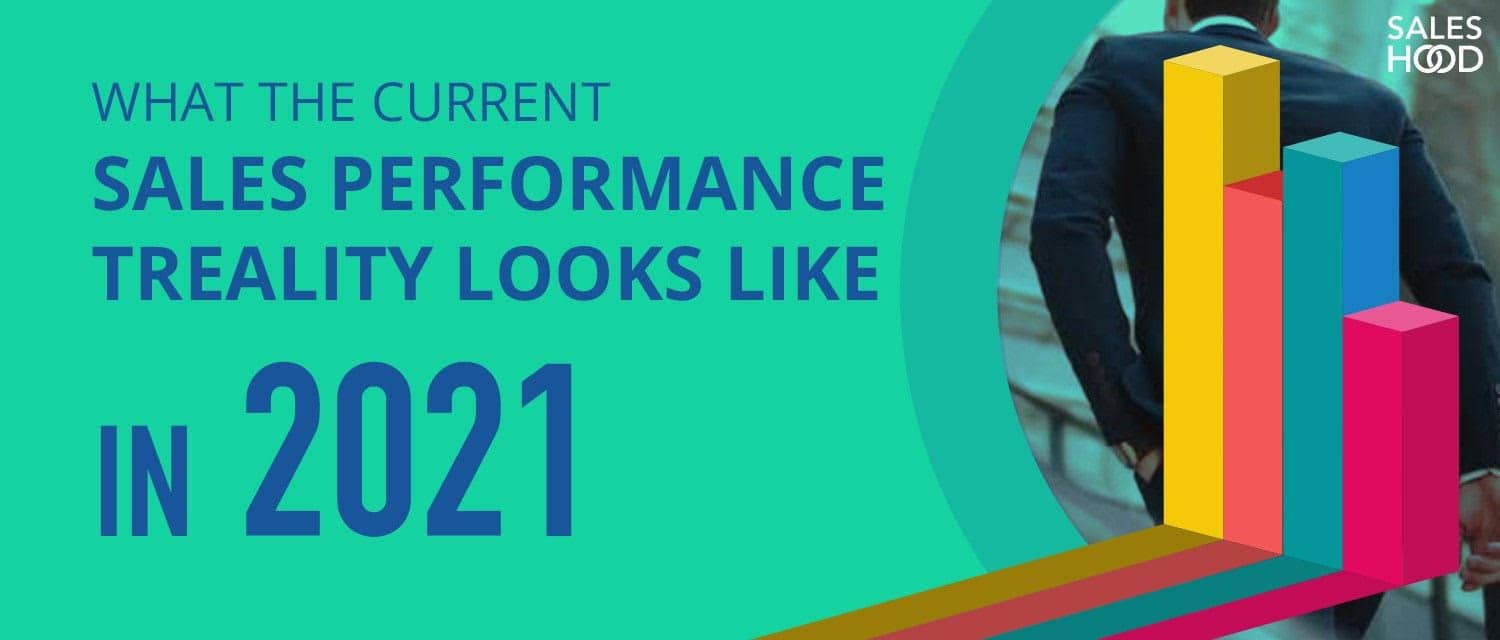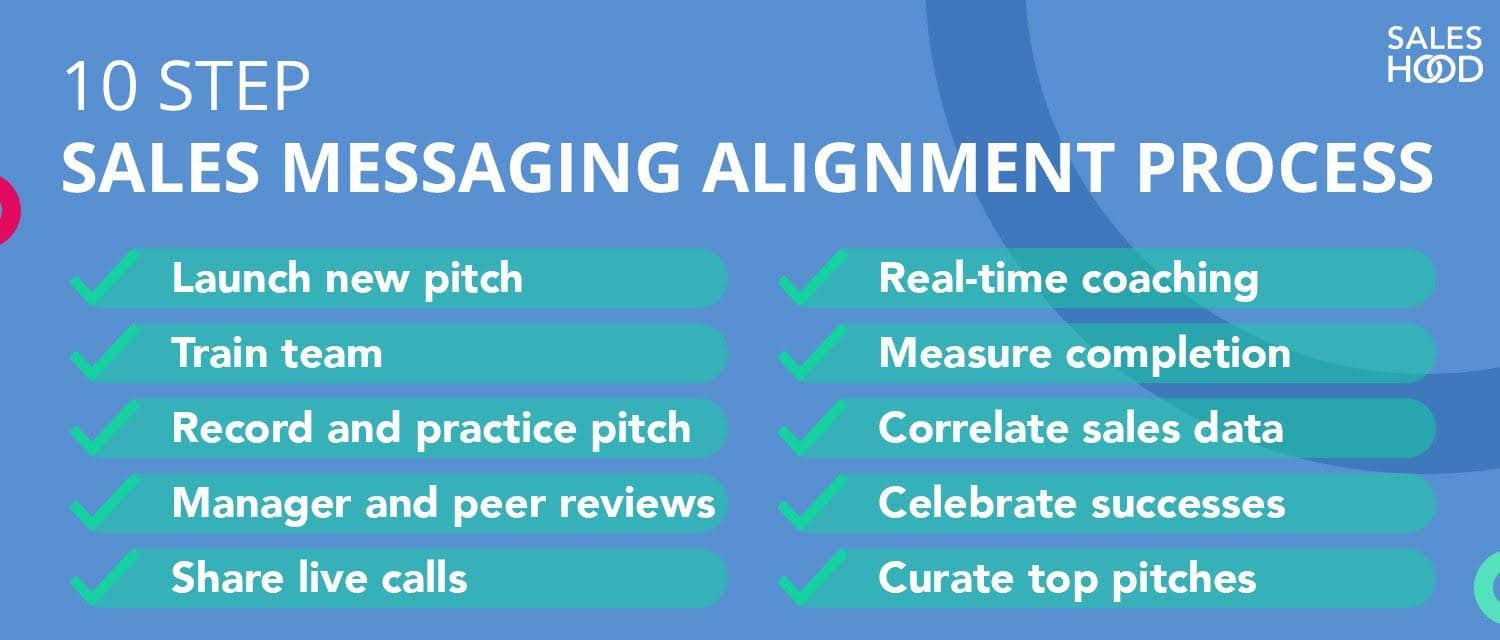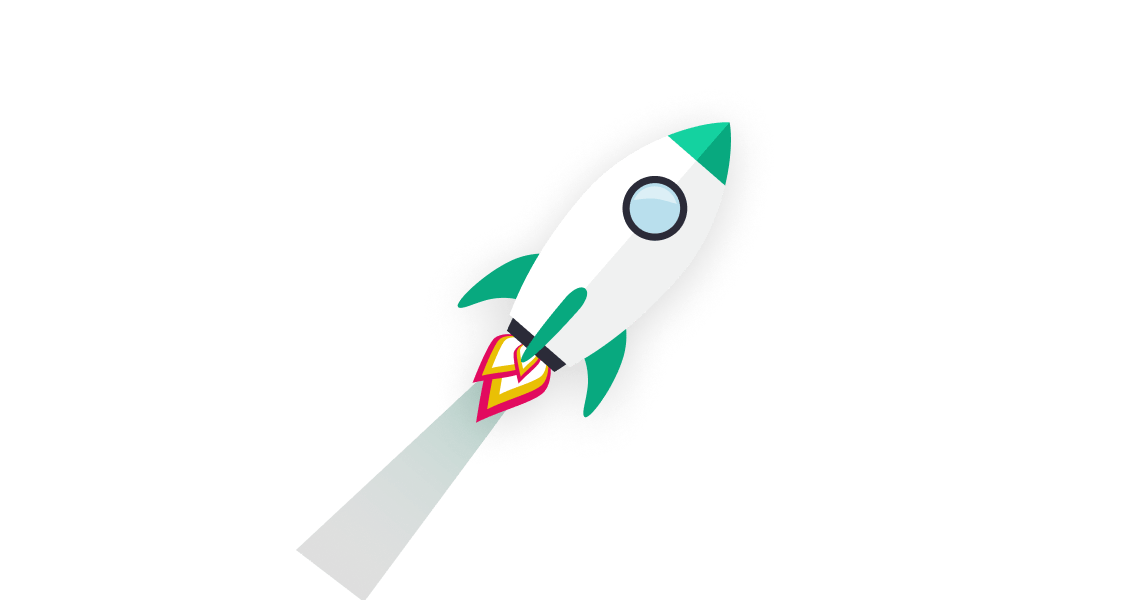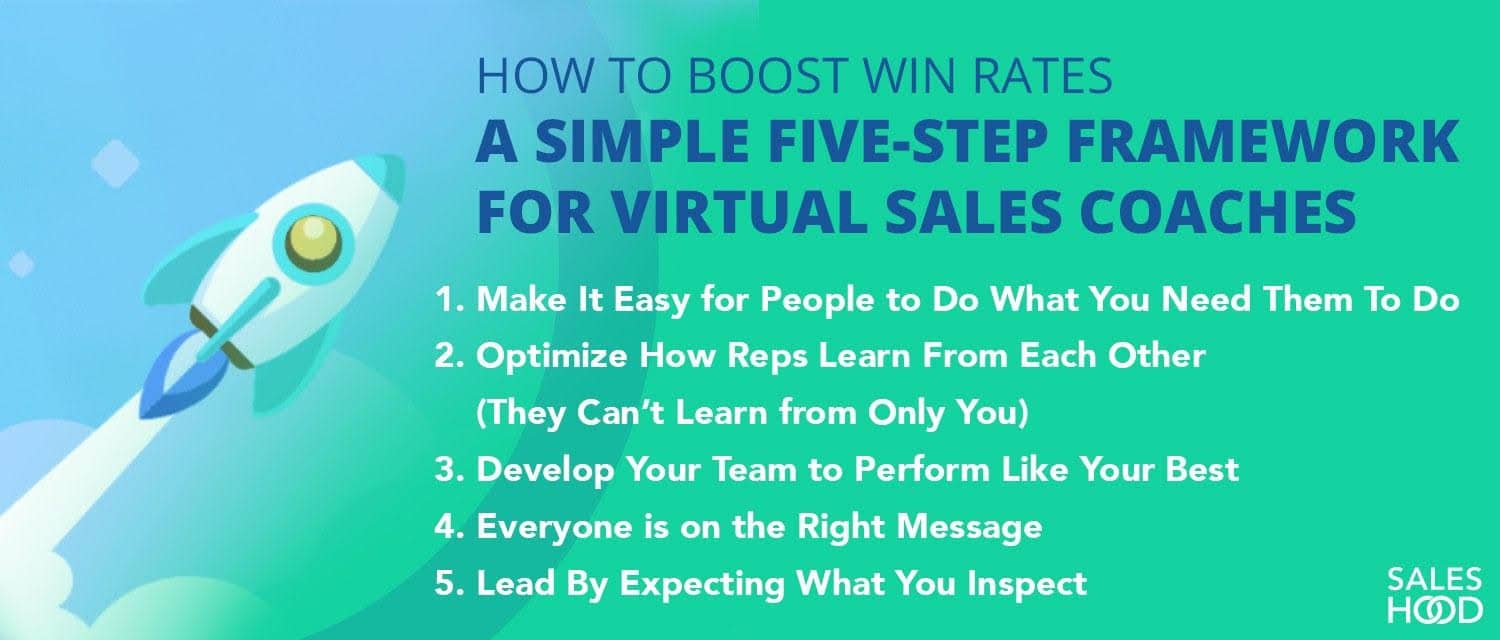With the sales enablement market maturing there’s a growing focus on proving value, quantifying impact, and yielding the outcome and sales win rate we expect.
Even though companies heavily focus on win rate, the reality of current sales performance is outcomes are still far below expectations.
Companies spend millions every year on hiring, enabling, developing pipelines, automation & closing deals – why is the win rate still not meeting business goals?
Through experience, analysis, and insider tips from David Appel, shared at a Sales 3.0 keynote, we give you a five-step framework on how you can use virtual sales coaching and modeling to boost sales team productivity and win rate.
What is Win Rate in Sales?
Win rate is a sales KPI that measures the success rate of closing sales opportunities successfully.
To calculate win rate, divide the number of won or closed opportunities by the total closed opportunities in the sales pipeline. The win rate is how many prospects became customers compared to the number of opportunities in the pipeline.
Win Rate vs Close Rate
Win rate is often confused with close rate – while some use the term interchangeably, win rate and close rate are different.
Close rate accounts for all opportunities created – won or lost – while sales win rate only refers to all opportunities won.
Win Loss Analysis & Your Pipeline
Analyzing sales metrics at multiple points in your sales cycle can help fine-tune sales conversations, identify pain points, improve win loss ratio and fill your pipeline with qualified leads.

What The Current Sales Performance Reality Looks Like in 2021
The current reality in 2021 is that sales teams are underperforming around the world.
- Most companies have 10 to 20% of their top salespeople who contribute most revenue:
- Quota attainment is from 30 to 50%.
- That means that 1/2 of your sales team are struggling:
- Ramp time, quota attainment, and win rate way below business expectations
- Huge expenses on automation, productivity, hiring, and enablement
- Ineffective sales coaching
- Lack of collaboration and modeling
- No consistency
- Low productivity
We got to talk with David Appel, head of Sage Intacct and a super accomplished sales enablement leader about:
- Modeling target behaviors to increase win rate and conversion rate
- Optimizing how your team learns from each other
- The top five things he does consistently to boost the win rate and productivity of his teams
To increase win rate, focus on developing high performing teams that learn from each other and model high performer behaviors
How To Boost Win Rates
The Simple 5-Step Framework for Sales Managers to Increase Sales Win Rate
Follow this simple five-step framework to close more deals, boost your win rate and improve average sales.
1. Make It Easy for People to Do What You Need Them To Do
If you’re a VP of Sales, CRO, or Front Line Sales Manager, to get the results you want, you need to make it easy for people to do what you need them to do.
Be Clear on the Why
As a sales manager, you need to be clear on the “why”. You must clearly convey what it is you need your team to do to win and “why”.
Show the go-to-market priorities, the milestones – it needs to be clearly laid out, communicated, and most importantly – easily accessible.
Remove Obstacles
There should be no obstacles, no objections, nobody should be able to say “I can’t find that” or “I don’t know what to do” – as managers we must eliminate obstacles while being 100% clear on the why.
Break it Down
Distilling processes into single steps and focusing on small improvements at each part of the sales process helps salespeople deliver a more concise pitch, grow the number of opportunities in pipeline, close more deals, and raise the win rate to win loss ratio.
Go Slow
Sales leaders should focus on improving sales reps one behavior a month: improving pitches, growing pipeline, increasing calls and emails sent out, booking more demos or strategy calls, etc. After a year of working on individual stages you’ll see significant win rate improvement.
2. Optimize How Reps Learn From Each Other (They Can’t Learn from Only You)
As a sales leader you need to facilitate an environment where your reps, sellers, and teams learn from each other.
You can’t be the only one teaching your team.
A huge productivity boost happens when reps, sellers, and teams learn from each other. The data proves it increases win rate and drives amazing revenue outcomes. This is where huddles come in.
Coaching Huddles
Coaching huddles are consistent, periodical meetings with the entire sales team where you can practice step by step going through your sales process together – record a pitch, do a deal review, share a live call, question, critique, analysis as a team, etc.
These optimized coaching environments allow opportunity to for analysis, feedback, sharing, and learning from each other while talking about wins, win loss, strategies, and challenges within the process.
3. Develop Your Team to Perform Like Your Best
Decision makers ask “Why is it so important to get individuals and teams learning from each other?
And I tell them all the time the number one, easiest way to grow pipeline, deals, and explode your business is to get more team members to perform like your best sales rep.
Top Performer Feedback & Modeling
As a sales trainer, you must model your training after your top reps.
Every team has the top rep that’s killing it and pulling the numbers.
Through active feedback, sharing, and practicing, the rest of the company reps can replicate top performer’s process and success rates by improving their:
- Sales Skills
- Product Knowledge
- Pitch Practice
- Industry Knowledge
- Sales Content
- Manager Coaching
“Let’s Be Like” Campaigns
Identifying a pain point, finding the best performer for that pain point, and creating a “Let’s be like ___” or “Let’s learn from ___” campaign makes it easy to pass on top performers’ skills and boost win rate.
If you have a top-performing rep that excels in high attainment, high win rate, low ramp time – match them with reps who lack in those areas who can use those strategies for their own improvement.
4. Everyone is on the Right Message
If you ask everyone in your organization to give a quick value prop/elevator pitch, you’ll be surprised to find that many of your reps’ pitches vary – drastically.
This variance in different stories may correlate with win loss. Conducting win loss analysis, analyzing the message, the metrics, and the customer journey is critical.
Everyone has to be on message and conversationally competent.

10 Step Messaging Alignment Process
- Launch new pitch – When there’s a new pitch or strategy, make sure the message is clear and everyone understands it.
- Train team – On all steps in the process: sales call planning, personalized prospect planning, coming up with personalized sales pitches, etc.
- Practice and record pitch – With practice sales reps become more confident. The best way to improve is to record your pitch and analyze it.
- Manager and peer reviews – Since no one likes to look bad, this is a great way to use peers to get feedback and improve.
- Share live calls – Live calls helps the team learn from each other and pick up on successful pitches or ways to improve.
- Real-time coaching – Sellers are most likely to recall feedback if it’s given during the pitch or right after.
- Measure completion – Count the opportunities that were won and lost. Then complete a win-loss analysis and calculate your true win rate.
- Correlate sales data – Correlating sales data from win rate analysis to the strategies used answers what works and what doesn’t.
- Celebrate successes – It’s important to constantly encourage your team when deals are closed or rates increase. Your team puts in a high level of effort and it’s important to celebrate successes no matter how small or big.
- Curate top pitches – Data analysis will provide insights to curate successful top pitches in order to replicate success for a different cycle or product.
By following the 10 steps messaging alignment process above you’ll boost conversational confidence, dial-in ideal use cases, model top performer behaviors & increase win rates in your sales cycle.
5. Lead By Expecting What You Inspect
We’ve been talking about aligning teams, getting them on message, measuring the collaboration, etc.
If you have a real sales enablement system, the weekly huddles, sharing, pitch practice, feedback, scoring – all these activities the team is doing together synchronously & asynchronously – creates data.
The act of learning from each other accumulates data.
Quantifying Impact Correlating Activities to Outcomes
Using this data you can quantify the impact on deals by correlating activity to outcomes:
- Pipeline info
- Quota attainment
- Win rates
- etc
Focus on Leading Indicators
Keeping an eye on leading indicators – mutual plans, emails sent out, etc. – closes more deals.
Since leading indicators occur early on in the process, and allows for analysis early on in sales stages while change can still be made, you are able to analyze, adapt the strategy, and provide feedback if necessary.
It’s a great way to grow pipeline, boost win rate, close more deals, and create a model to build on and refine over time.
Being able to measure the activities we’re investing in and proving value is critical.
If you can’t answer questions about what’s driving pipeline or what metric you can improve you will have trouble continuing to receive funding.
If you’re a VP of sales or a CRO you need this info.
The #1 Takeaway from David’s Success: MODEL
The secret to increasing the win rate is to model effectively.
Coaches need to create an opportunity for their team to collaborate and model behavior from the top performers:
- Model good behaviors
- Model top sellers
- Model outcomes
- Modeling the right sales process to the right buyer journey
Set an example for your team, and they’ll deliver. The team will work together to score, close deals, and meet win rate goals.
How to Get Started on Boosting Your Win Rate
The sales enablement market is maturing – there’s a growing focus on measurable outcomes, putting an emphasis on win rate analysis, increasing win rate and reducing win loss ratio.
As a coach, modeling your high performers behavior company wide will not only increase win rate, but will also grow sales pipeline, increase attainment rate, close more deals, increase deal size, and maximize sales productivity.
At SalesHood our core value is having salespeople and sales teams learn from each other. We’ve systematized the step-by-step process for sales teams from onboarding, to practicing together and learning from each other with coaching huddles. Book your Free Demo today.




